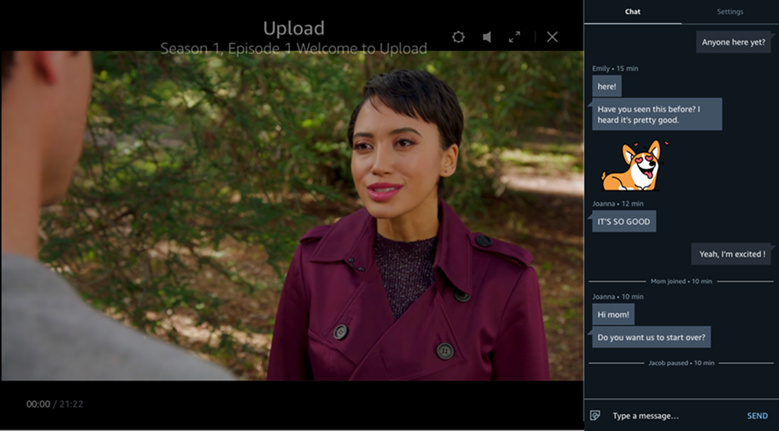https://www.engadget.com/facebook-holographic-vr-displays-230133045.html
Facebook and Oculus have been trying to make slimmer and more comfortable VR headsets for a while, but their latest experiment get close to the ideal: displays that are as easy to wear as a pair of sunglasses. Facebook’s Reality Labs has developed a proof-of-concept device that uses holographics with flat films for the optics, leading to displays that are less than 0.35 inches thick — much smaller than the usual LCD or OLED shining through glass. This is helped in part by polarization-based optical folding that moves the light forward and back multiple times, shrinking it well below its original volume.
It should deliver a visual upgrade, too. Although the prototype outputs in monochrome, Facebook is promising a wider color range and more vivid imagery when the technology is ready. The company also hopes to improve the resolution to the “limit of human vision” and eliminate visible pixels. The field of view should be comparable to existing headsets.
This design is unrefined even compared to prototypes like the Half Dome series, so it could be a long while before you’re wearing a finished product. In addition to color output, Facebook will have to address challenges like battery life, device connections and compatibility with conventional eyeglasses. Still, it might be worth the wait. This could lead to VR glasses you can wear for hours, which would be crucial for everything from sophisticated games through to professional uses.
via Engadget http://www.engadget.com
June 29, 2020 at 06:09PM

